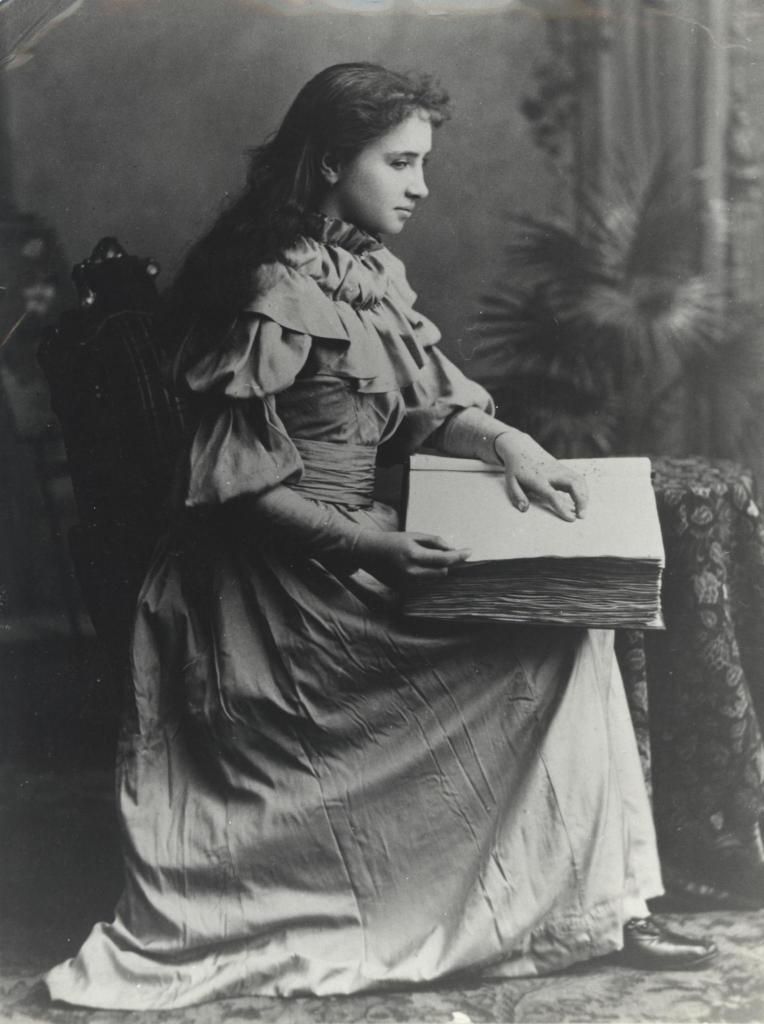Old-fashioned Warmth

Faced with high inflation and war in 2022, one might begin to consider situation-appropriate lifestyle changes. In terms of saving energy, there is much we can do. Our ancestors worked out all the heating accommodations we need.
Comfort level
The first thing to realise is that their comfort levels were alien to our own, and that they are possible.
The walls of up-scale Victorian houses are made of brick. And some plaster. Insulation was not a thing. Windows and doors were drafty, and this was by design: air must enter the house to feed furnaces and chimneys.
Victorians did not have modern notions of germs. They believed illnesses were caused by fetid air. They opened windows often during the winter, and sleeping with a window cracked open was quite common.

In January 1830, British architect John Soane recorded temperatures throughout the house as ranging from 52 to 55 degrees Fahrenheit (11°C-13°C). He noted in his diary that these values were “as they ought to be,” which says much about comfort levels of the age; Soane could afford any level he wanted.
According to the US department of energy, you can save 10% of your heating bill by reducing temperature 5°C for eight hours per day. If 22° is how Soan’s descendants live today, then Soan himself lived 10°cooler, 24 hours per day.
Physical Adaptation
The human body adapts to cold. It just just burns more calories. This is what mammals are famous for. You can be proud of your mammalhood; we kicked dinosaur ass!
The average caloric intake and the average level of physical activity of a 19th century person were twice our own. If a normal amount of calories is 2500 today, the average man back then ate 5000!
It takes a couple weeks to adapt to reduced temperatures. For people living in houses unheated in autumn, the change comes on gradually, without much fuss.
Point Heating


The most important aspect of comfort is to be in contact with some source of heat to replace the heat you are losing to the environment. Victorians used metal braziers as foot-warmers. They also had loaf-shaped ceramic jugs filled with hot water to heat seats and pre-heat beds. When rubber technology finally permitted, they used the hot water bottles that are still in use today.

The most widely used point source of heating was the fellow mammal. Bedfellows were common. Siblings slept together, female friends slept together, even governesses could be expected to sleep with their students. A poor family might find itself sharing a single bed: parents in the middle, children ordered by age from inner to outer, daughters on the mother’s side, sons on the father’s.
Fashion

Victorian fashion is all about looking good in low temperatures. It is comprised of many layers of clothing. The fashion genius was that the layers go below and not above.
Beneath a skirt would be stockings, bloomers, wool pantelets, and two petticoats. Above that would be a chemise and a wool chemise. The entire ensemble could weigh up to 18 Kg!

At home, a man would wear an undershirt, shirt, vest, and jacket. The modern three-piece suit and tie are a fossil of that fashion. As a testament to mindless tradition, it is still worn indoors!

In addition, men wore ‘smoking jackets’ and ‘smoking caps’ indoors, putatively to prevent their hair and clothes from smelling like cigar smoke, but in fact, these were designed for warmth.


A well to-do gentleman would wear a dressing gown in the morning and a lounging gown in the evening. These were both ornate robes meant to be shown and in which one could receive guests. They are probably most recognizable as part of Sherlock Holmes’ home attire.
Summary
You can fight inflation and fascism in 2022 by taking the stairs, having a nice snack, by dressing elegantly, and by sleeping with someone. Don’t know why we had to be forced into this…
